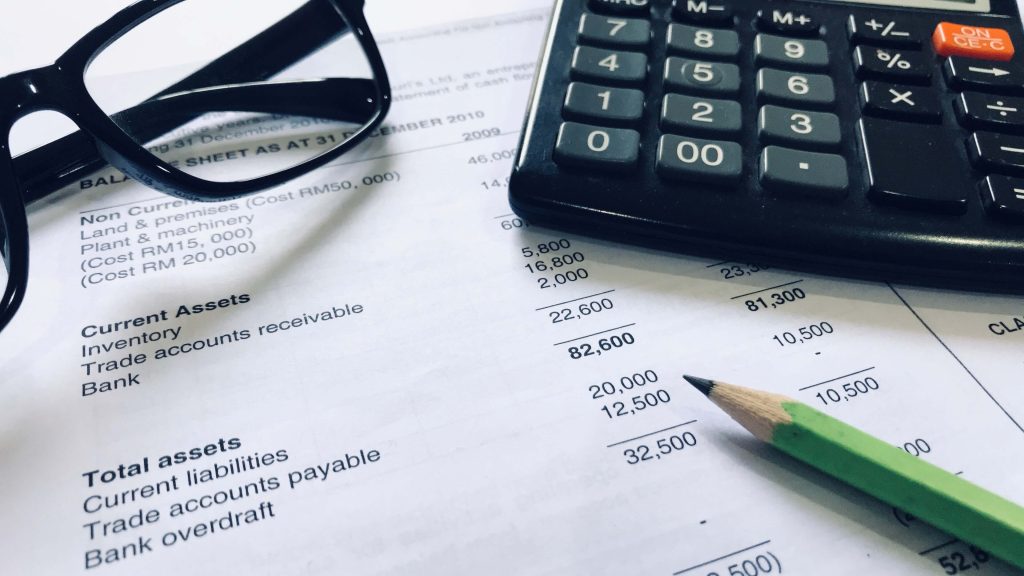
The world of finance and business thrives on precision and clarity, and at the heart of this discipline lies the accounting cycle—a systematic process that transforms raw financial data into comprehensive financial statements. It’s a complex journey, though, and our goal here is to unveil the phases of the accounting cycle and appreciate its vital role in maintaining financial order.
Phase 1: Journalizing Transactions
The accounting cycle commences with the recording of financial transactions. This initial phase involves capturing every financial event that impacts a company. These transactions are meticulously documented in what is known as a journal or ledger. Each entry includes essential details such as dates, descriptions of the transaction, the accounts affected, and the monetary values involved.
The journal serves as the primary repository for raw financial data, acting as the foundation upon which the entire accounting cycle is built.
Phase 2: Posting to the General Ledger
Once transactions are journalized, they are subsequently posted to the general ledger. The general ledger consists of individual accounts, each representing a specific asset, liability, equity, revenue, or expense category. As transactions are posted, the ledger accounts are updated to reflect the changes in their respective balances.
This phase ensures that each financial event is accurately reflected in the relevant accounts, creating a real-time snapshot of the company’s financial standing.
Phase 3: Trial Balance
With transactions journalized and posted, the next step is to create a trial balance. A trial balance is a summary of all ledger account balances. It serves as a critical tool for verifying the accuracy of the recorded transactions.
In a balanced accounting cycle, the total debits should equal the total credits, ensuring that the books are in equilibrium. Any discrepancies or imbalances in the trial balance signal the need for further investigation and correction.
Phase 4: Adjusting Entries
To align financial records with accrual accounting principles and ensure accurate financial reporting, adjusting entries are made. These entries address transactions that have occurred but have not yet been recorded in the general ledger.
Common adjusting entries involve recognizing accrued revenues, accrued expenses, prepayments, and depreciation expenses. These entries refine the financial data, providing a more accurate representation of the company’s financial position.
Phase 5: Preparing Financial Statements
Once the trial balance is in balance and adjusting entries have been made, the accounting cycle proceeds to the preparation of financial statements. These statements include:
Income Statement
This statement summarizes a company’s revenues, expenses, and net income (or loss) over a specific period. It provides a snapshot of the company’s profitability.
Balance Sheet
The balance sheet presents an overview of a company’s financial position at a particular point in time. It lists assets, liabilities, and equity, showcasing the company’s financial health.
Cash Flow Statement
The cash flow statement details how cash and cash equivalents have changed over time. It is divided into three sections: operating activities, investing activities, and financing activities.
Statement of Changes in Equity
This statement tracks changes in a company’s equity accounts, including common stock, retained earnings, and other comprehensive income.
Phase 6: Closing Entries
The accounting cycle concludes with closing entries, which reset certain accounts to zero in preparation for the next accounting period. These entries involve transferring the balances of temporary accounts, such as revenue and expense accounts, to the retained earnings account. Permanent accounts, like asset and liability accounts, are not closed.
Closing entries ensure that each accounting period stands independently, and the financial records are ready to capture new transactions in the subsequent period.
Phase 7: Post-Closing Trial Balance
To confirm the accuracy of closing entries and the integrity of the financial records, a post-closing trial balance is prepared. This trial balance verifies that all temporary accounts have been closed and that only permanent accounts remain open.
The Accounting Cycle’s Vital Role
The accounting cycle is a meticulous and systematic process that converts raw financial data into comprehensive financial statements. It is the backbone of financial order, providing businesses with accurate, actionable financial information for informed decision-making.
Understanding the phases of the accounting cycle is essential for maintaining financial transparency, complying with accounting principles, and facilitating the growth and sustainability of businesses.
Whether you are a seasoned financial professional or new to the world of finance, the accounting cycle remains a cornerstone of financial clarity and precision.










